Plug-In Sconces for Better Mood Lighting in Every Room!
One of the most common design mistakes I see is people relying solely on overhead lighting to illuminate their living spaces. Floor and table lamps are a great way around this, but the underappreciated wall sconce is what we’re talking about today! Along with improving your lighting, sconces add sophistication and flare, making any room feel special. And thanks to a growing number of affordable plug-in options, sconces are more DIY- and renter-friendly than ever!
Why should I use wall sconces?
Simply put: builder-grade ceiling lights are harsh, sad and inadequate, and even high-end recessed lights totally lack atmosphere. While bright, high-quality, high-Kelvin ceiling lights are useful during the day, overhead lighting is uncomfortable and unattractive to relax under during the evening.
And no — dimmers (though fabulous!) are not the answer here, because the real issue is the height and direction of the lighting. Darker evening hours call for soft, low-Kelvin, body-level lighting that creates ambience and glow, and this simply cannot be achieved with overhead recessed lighting.
Wall sconces are also a great way to define zones in open spaces, and can be incorporated as functional styling in many different ways. They look amazing beside a fireplace, worked into a gallery wall, flanking a bed… the list goes on!
But how do I hide the cords?
No problem! If you’re so inclined, these handy peel & stick cord covers can be attached directly to your wall, and then painted to blend in.
Things to consider when browsing for plug-in sconces:
Choose lights with shades
There are sooo many gorgeous exposed-bulb light fixtures, but they’re generally impractical for two reasons:
DUST — Dust will find and cling to those glass fixtures, and it’s really obvious with all that light shinin’ through!
GLARE — Exposed bulbs are BRIGHT and will sear your poor eyeballs, while also giving you a headache. Exposed bulbs MUST be on a dimmer and are only comfortable on VERY low settings. This can work in a dining room or bedroom, but they should never be used for primary illumination.
NOTE: Even frosted exposed bulbs are uncomfortably bright, and should only be used on low/dim settings.
Fabric and metal shades reduce glare and diffuse light more evenly, so you’ll notice that most of the fixtures below are shaded, with the shades ideally covering the entire light bulb.
Choose lights with dimmers (or get smart bulbs!)
ALL lighting should be adjustable and dimmable, so always look for this option when lookingfor fixtures.
It’s a surprisingly hard feature to find though, so another great option is to use smart bulbs. I love being able to control the brightness AND temperature (colour) of our lighting by using Philips WiZ smart bulbs.
And now, for the main event!
Great plug-in sconces for any room:
NOTE: These are more affordable options — mostly from Amazon — but if you have more room in your budget, Etsy, Crate & Barrel, West Elm, etc. have





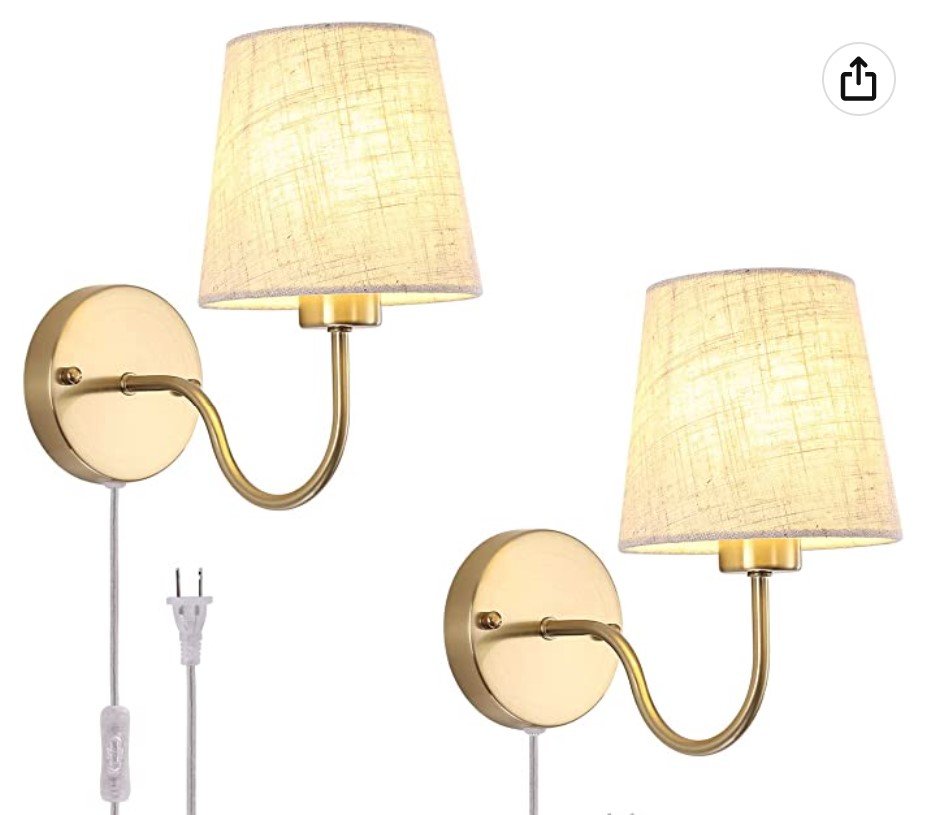
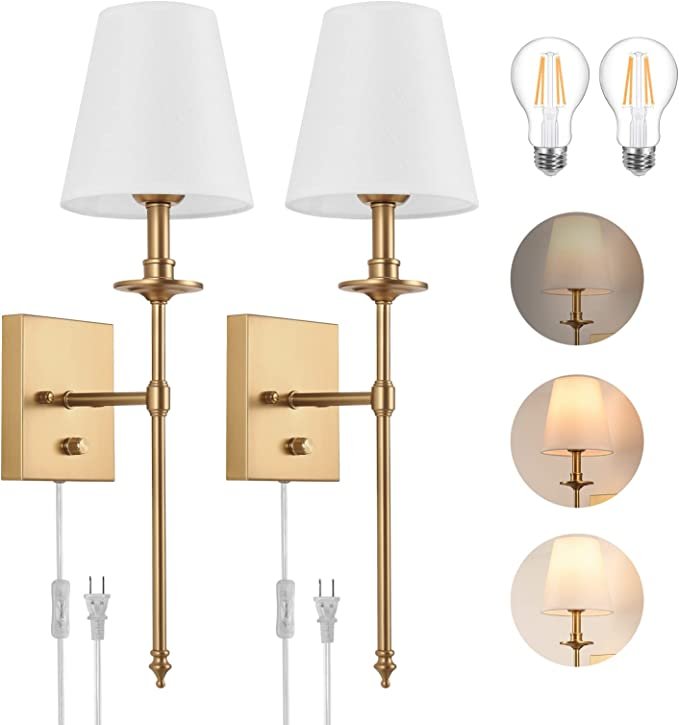



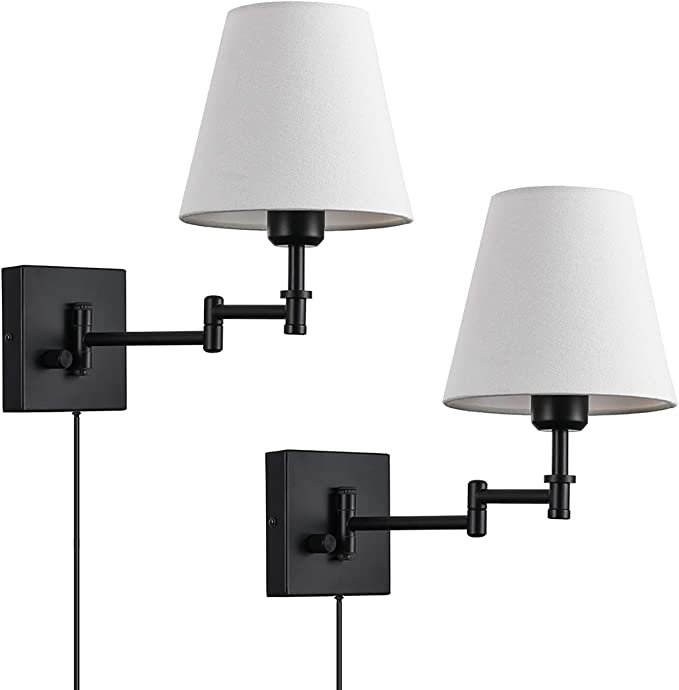
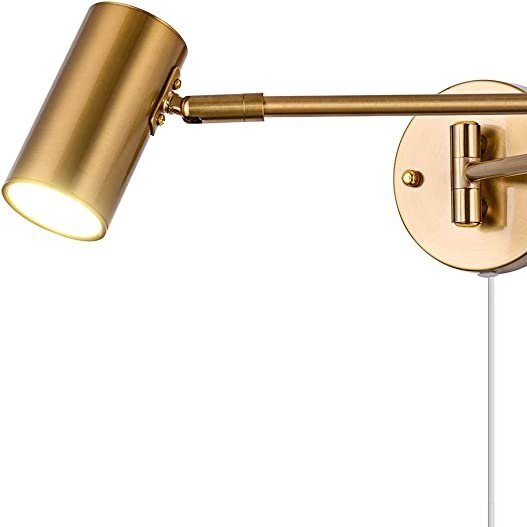







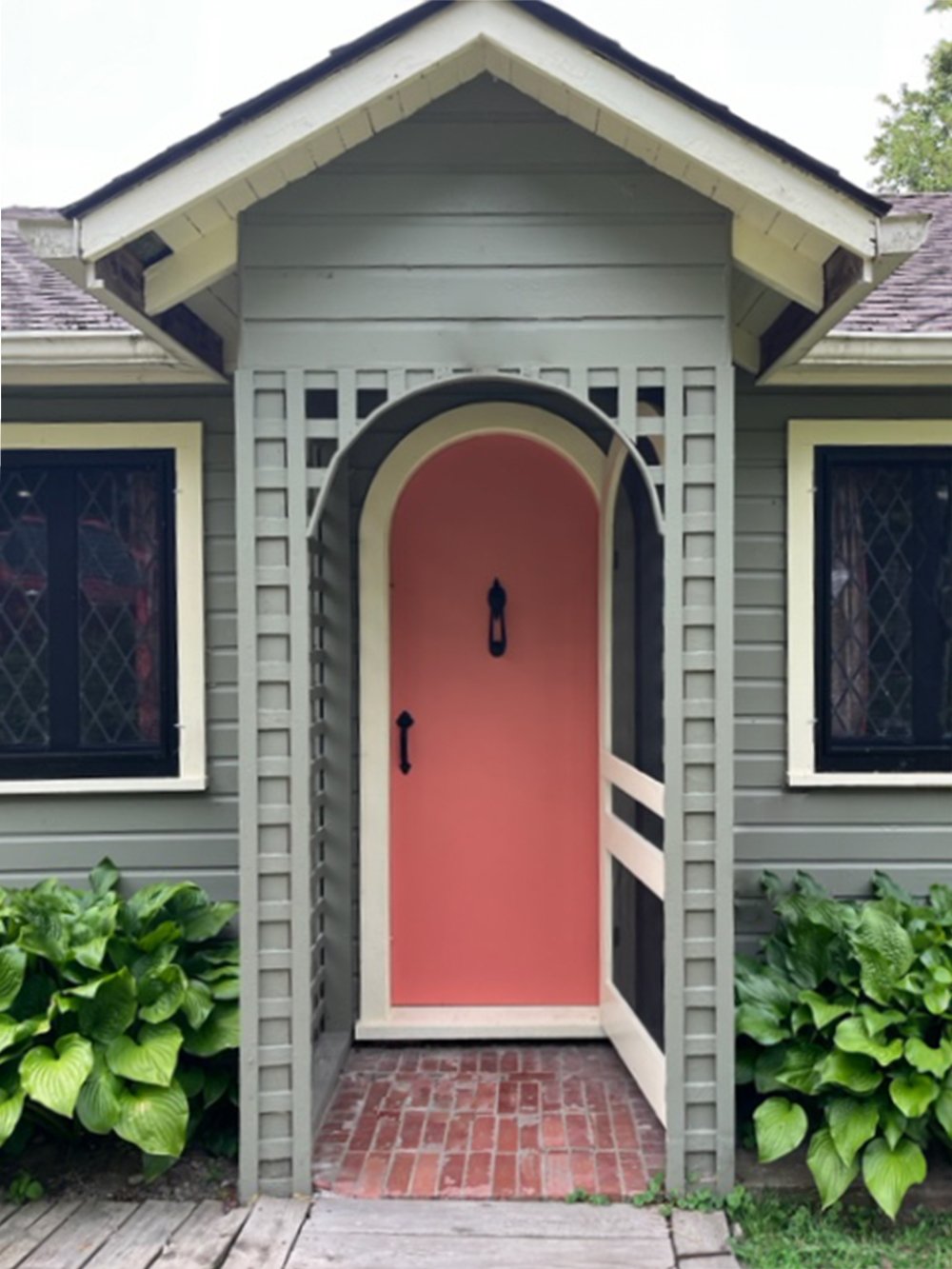




Laminate countertops are one of the most underrated design materials! They are a great affordable option for kitchens, bathrooms and laundry rooms, but their lower price point is not the only advantage. Here are 7ish reasons why you should consider laminate for your next project!